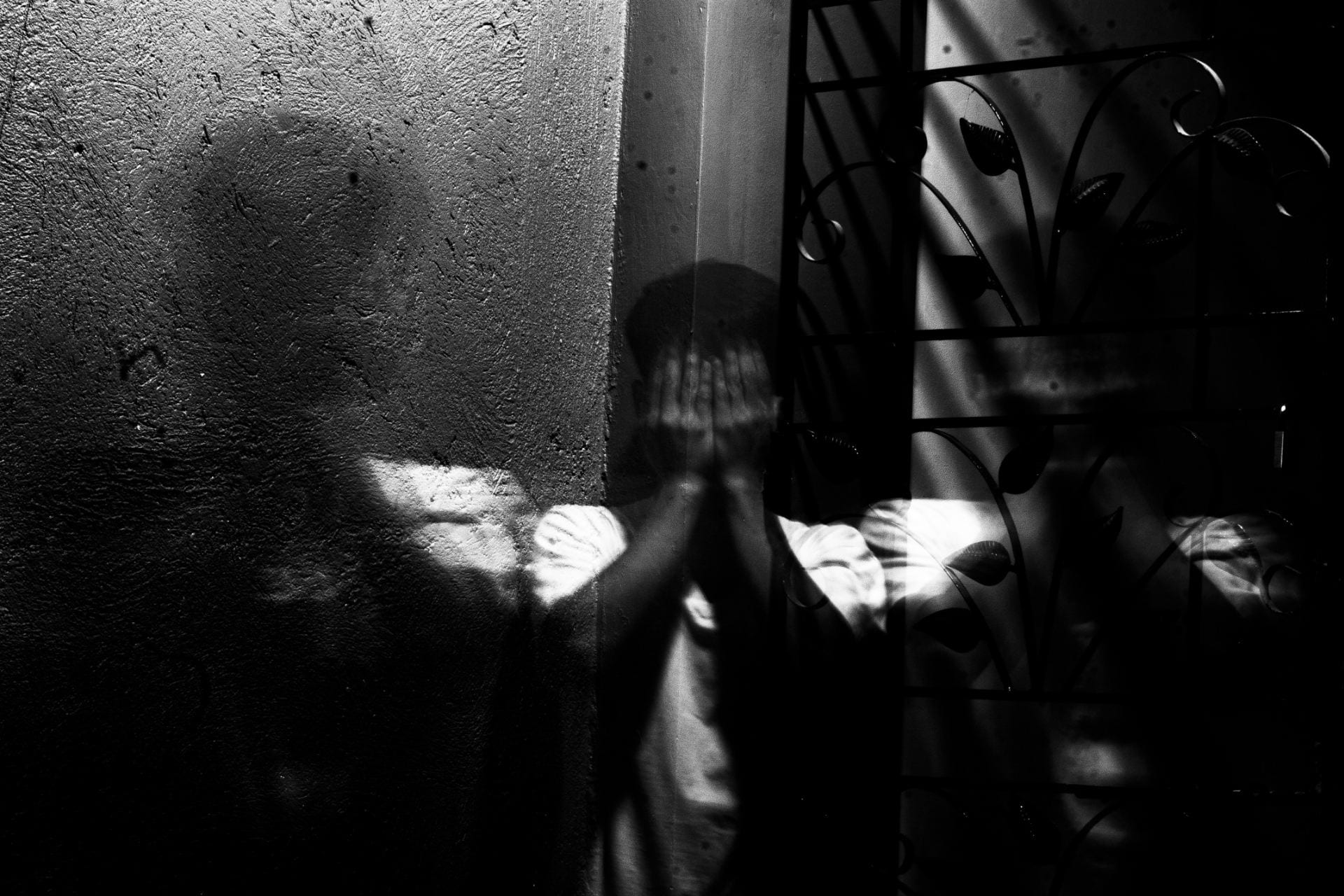
Dr. drea brown begins her essay with her declaration of a belief in ghosts. This declaration works to demonstrate the condition and strategy of haunting that Black women have endured in their lived and literary experiences. Focusing on the hag as a primary manifestation of haint, “Conjuring a Ghost: A Call and Response to Haints” — published in Hypatia — unpacks myths about this figure and redefines it as a spiritual and ancestral presence within Black women’s lives.
Haint, derived from the word haunt, “refers to a disruptive spirit, an unruly, enraged, and ornery ghost – generally a woman.” Already haunted, the haint is a position that Black women occupy, as they are both haunted and haunting. This state of betweenness allows for multiple ways of seeing and provides a way to learn more about Black women’s experiences. Haints are haunted, and this pain and rage are rooted in something real and valid. The pain of a haint is not malicious, but rather mistaken and unheard.
Within Southern folklore, different types of ghosts are often considered haints, such as the revenant, the hag, and the banshee. The hag is the most powerful of all because she is unseen, angry, and longing for something to be done. Hags are known as old, evil, and witchy figures interested in stealing children and sucking blood from their victims. However, Dr. brown believes hags have more in common with an outraged mother, devoted to righting the wrongs that have been done to her children, family, and herself. Rather than excluding hags and marking them as evil, they should be embraced and acknowledged for their experience and what they represent.
By revising these definitions, Dr. brown shows how Black women confront and create their own social myths to ensure the survival of their cultural heritage. Poems from Lucille Clifton and Phillis Wheatley allow “hags to speak; they are an opening to remembrance and revival.” They show how Black women are both demonized and worshipped. Haints connect Black women to hags that are wise, ancestral, and divine.
